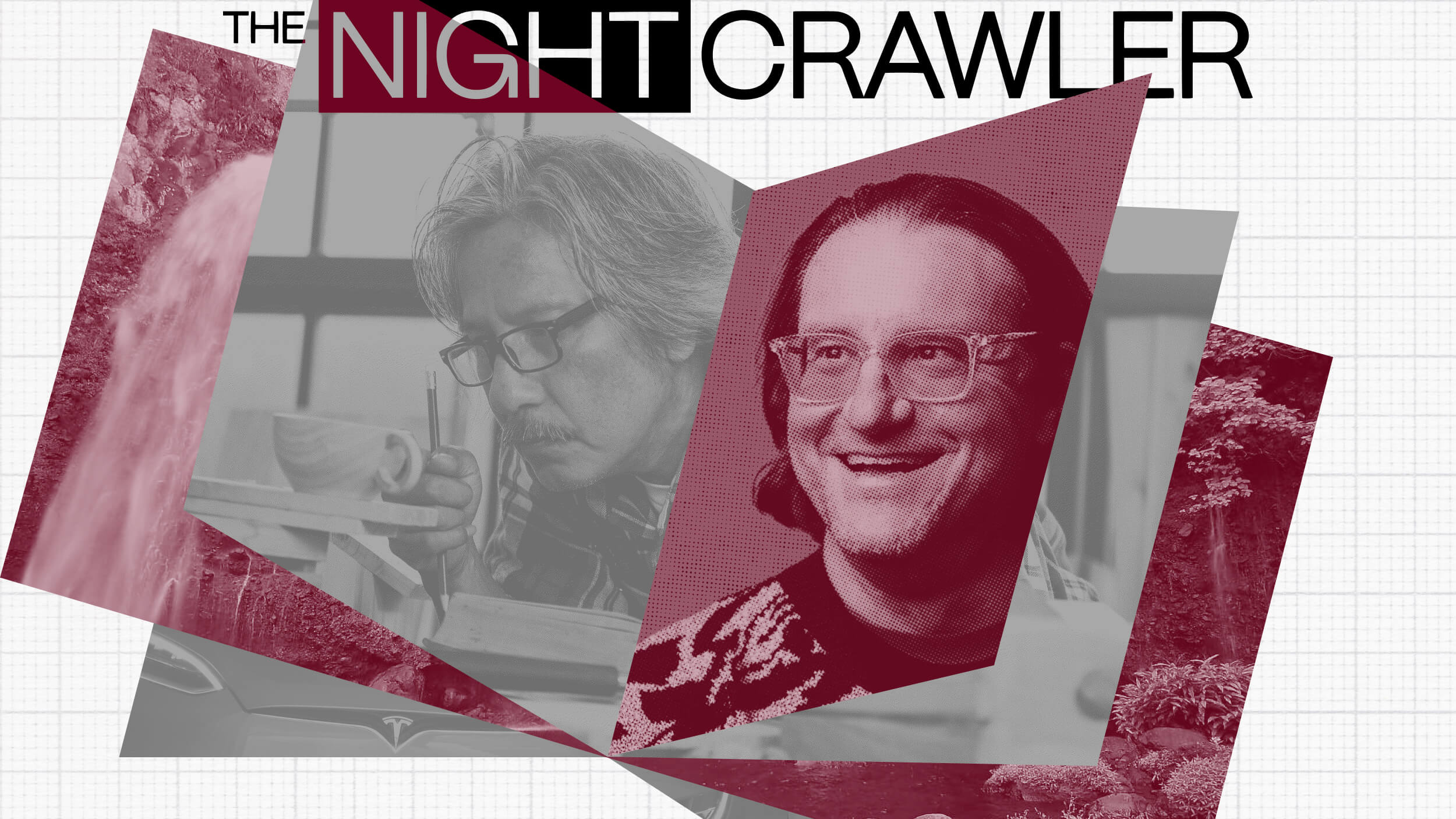The key skill is assessing the resources available.
Question: What method do entrepreneurs use?
Saras Sarasvathy: I presented the entrepreneurial worldview fully born, if you will. But in actual fact I had to understand that by looking at what entrepreneurs actually do in a micro level, if you will. So in my research, I talked to a whole bunch of, you could call them successful entrepreneurs, but success was only a part of their story. I call them expert entrepreneurs. These are people who had several years of founding experience, of multiple firms, often success and failures and they had learned to perform well overtime. So they had taken at least one company public so of course people see them as successful entrepreneurs. And, when you study how they think and I gave them a 17-page problem set of typical start-of-decisions that all entrepreneurs have to make in starting a company. So I got to see at the micro level the kinds of things that they do. Not just the whole world view of how they think but how they implement that world view in their practical day to day business problem solving if you will and I found the CDs of things that they do and I wrote about five of these, the five principles in my book but I suspect there are more. And I think, as I teach and I look at more histories of entrepreneurs and I talk to them I think there will be more. So I don’t want to talk about this, that there are only five principles, but I can give you some examples.
So, one of the things I always talk about to my students is about cooking. Now, I say there are at least two ways of cooking. One is to start with a dish that you want to make and when you have a great recipe, go get the ingredients and then you make the dish. The other way, the way most of us cook I think, is we stumble into the kitchen, open the refrigerator and find stuff and if you come into my house you would find brown powder that you might have to smell to know what it is because I’m making it in food. And so, you kind of look at what you have and then you try to make something with it. The interesting question here is what difference does it make whether you cook using a recipe and proper ingredients or whether you stumble into the kitchen and cook something. It depends on how good a cook you are, what you end up cooking. So, you can get away from the basic ideas that you need to understand about running a business, so you still need to know how to manage your cash flow and things like that; but, when you just stumble into the kitchen and cook, what happens is, assuming you know how to cook and you’re a good cook, you are much more likely to come up with a new dish that even you might not have actually planned to make. Whereas if you are cooking from a recipe would get that dish, right? You wouldn’t get some of the new dish and that’s the interesting part of it.
So it’s not really a question of this is better than that, it is just that the way entrepreneurs do it, they work with what they have and they look around and say, “What can I do with this?” And then, “What else can I do with it?” So it goes back to the idea of doing the doable and then pushing it. So they just look around at the resources that are available to them and by resources I don’t even mean money. A lot of the entrepreneurs I study started with things like who I am, what I know and whom I know. So they are looking at what kind of a person am I, what kinds of things turn me on, what kind of things that I just will not do because it goes against my values. So, they have a sense of self. They know what they know and very often they are very good at knowing what they don’t know. So they look at what they know and don’t know and they look at the people that they know and they start talking to the people almost immediately and they bring them on board very early on. So they work with what they have to create something new. So that’s a technique and there are lots of techniques connected with that that we can learn and teach. It’s very useful in the classroom.
The second thing that they are very good at doing is to think through in deciding what to do with what you have. They are not really thinking about where will I get the biggest bang from the buck, which one is likely to lead me to the most profit? Instead they constantly asked themselves, “Would I do this even if I know I’m going to lose what I am investing in it?” Which is a very different criterion financially speaking for example and I call that the “affordable loss criterion”. And, a great example of that is there are people who have good jobs, right? It pays 100,000 to 200,000 a year who leave and start a company. Now, the standard gut reaction is to say, “Oh, my God.” They are, you know, entrepreneurs are risk takers. They are just risk grabbing, you know. They like jumping off buildings or whatever. But in actual fact when you look at how a lot of these entrepreneurs make decisions, especially the experienced ones, they are not really saying, “You know what, I’m making 200,000 today but I believe if I do this, I will make 20 million and therefore you know, I’m just going to invest everything I have.” That’s not the way they think about it at all. They think, “You know what, this looks like an interesting thing to do. I think I would enjoy doing it. I always wanted to do this kind of thing. So I think I can put 50,000 into it and six months of my life. What is the worst that will happen? Maybe, you know, I have left the job and I’m back on the job market and maybe I don’t make 200,000, I make a 150,000. But, if I don’t do it now, when will I ever do it? I always wanted to be my own boss. I always wanted to build a heart monitor because my dad died of a heart, or whatever that thing is that is moving that makes, it comes from who they are and what they know and whom they know. It’s very close to what they already have on hand. So that’s kind of the second thing.
And the third and most important thing is that they work with people and they work with people in a very interesting way. They don’t go and say, you know, here is something I want to build. You know, Gadget G and this Gadget G is going to change the world so who do I need to bring on broad then I go and sell this and I’m so good, I’m so charismatic. I’m such a good salesperson. I bring people on board. No, no, no. What they really do is they are very good at getting you to tell them, you know, what would you want to do with Gadget G? They allow you to change their vision of Gadget G if you are willing to put skin in the game. So they build this network of stakeholders who actually put stake in the ground and each of them invest only what they can afford to lose. So the affordable lost works with this stakeholder thing in a very interesting way. So what happens is, since each person is putting real skin in the game and they are deciding what to put in based on something they care about so much that they are willing to lose.
So the affordable loss does two things: on the one hand if you fail, it keeps failures really small. Something I talked about earlier. But on the other hand it gives you a different way to evaluate an opportunity. A different way that does not depend entirely only profits, that you would do this for some reason, some reason that you have even if you lose the money you would do it whatever that motivation may be. It could be something as simple as I can’t stand my boss, as much as I want to. It could be something as simple as that or it could be very lofty saying that, you know, I really wanted to help women back home and I want to do this venture because it would help them and it’s okay in the process I try and fail. So the motivation can be anything but the logic is kind of the same in each case.
Recorded on: May 19, 2009





